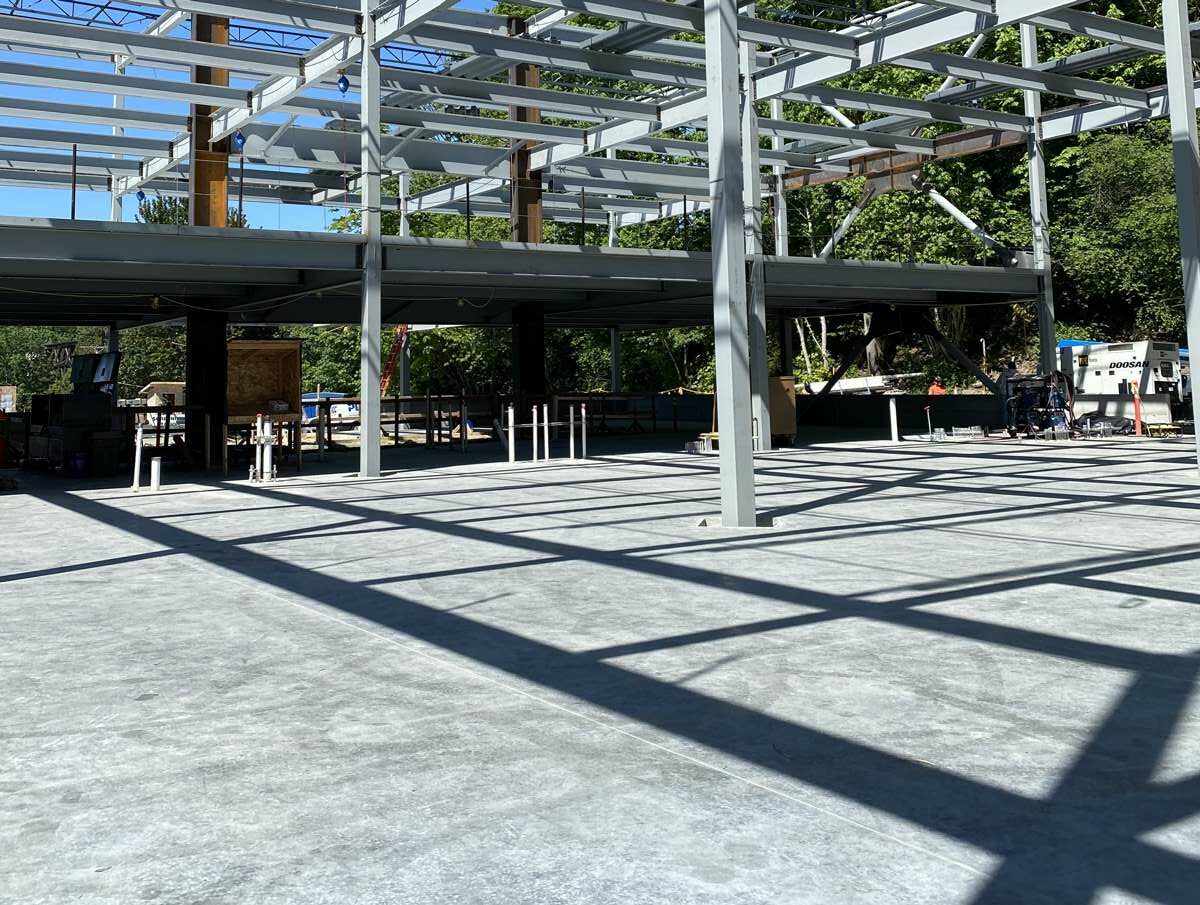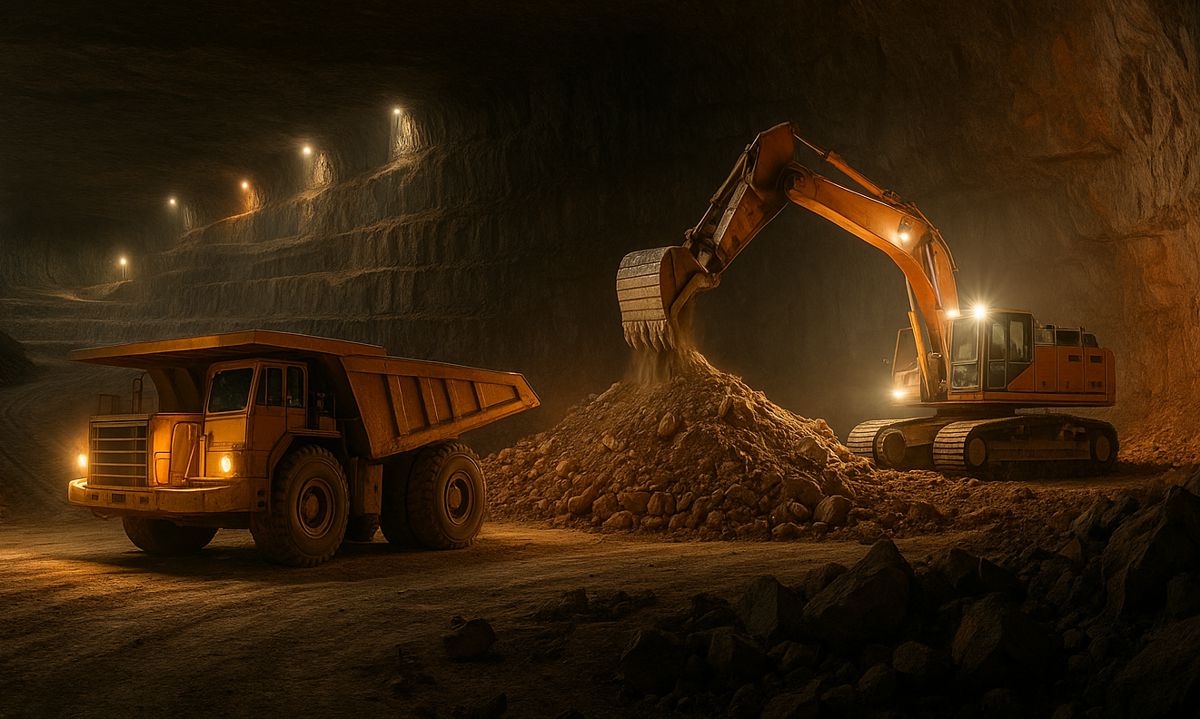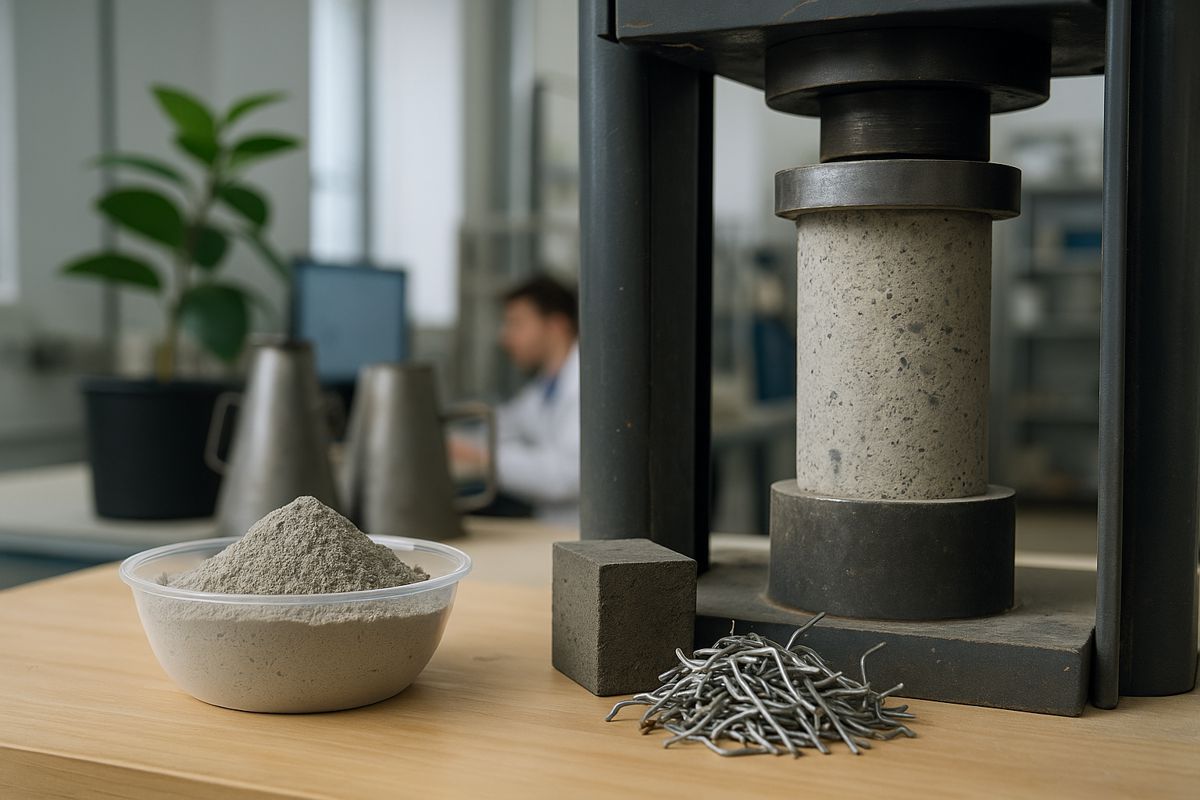Lafarge Western Canada goes green with EcoPlanet Ultra Low Carbon Cement
In 2020, LafargeHolcim announced a global commitment to creating building material products that meet lower CO² standards.
Today, Lafarge introduced the ultra-low carbon cement product, EcoPlanet to the Pacific Northwest, part of the company’s Western Canadian market.
The first round of EcoPlanet projects were completed along the western coast, under the leadership of Brad Kohl, president & CEO of Western Canada. “The strength profile is the same as traditional Portland cement,” he shares, “but we’ve decreased CO² emissions from the manufacturing process by 35%.”
Recent projects in Seattle, Washington, including the T&S Sayers building and Albrecht Birkenbuel building were both constructed using EcoPlanet as a part of their concrete mixes. And, EcoPlanet – like all cements – is also used for mining and soil stabilization.
“This is just another opportunity to build sustainably across North American cities,” shares Rene Thibault, LafargeHolcim’s Head of North America. “We have already made great strides in reducing our carbon footprint in an effort to meet our goals of more than a 20% reduction in carbon intensity by 2030 (2018 baseline). Last year, we introduced EcoPact, our line of low-carbon concrete, and the introduction of EcoPlanet provides yet another sustainable solution for our customers and communities.”
EcoPlanet is the global brand applied to low carbon cements that show a reduction in CO² per ton greater than 30%, those which emit no more than 400kg of CO² per ton. Compared to standard Portland cements – which typically emit upwards of 900kg of CO² per ton – the impact is significant. In Seattle, WA, an optimized mix of EcoPlanet cement and slag reduced emissions even further. “The emissions were reduced by 62%,” shares Thibault. “EcoPlanet far outpaces industry averages.”
“It’s a game changer,” says Thibault. “Concrete is the second most used product in the world after water, and is the foundation of so much of our infrastructure and communities. It’s critical for our cities to maintain and grow themselves sustainably. For us to be able to have this kind of impact is huge, not only for ourselves, but for future generations.”





















